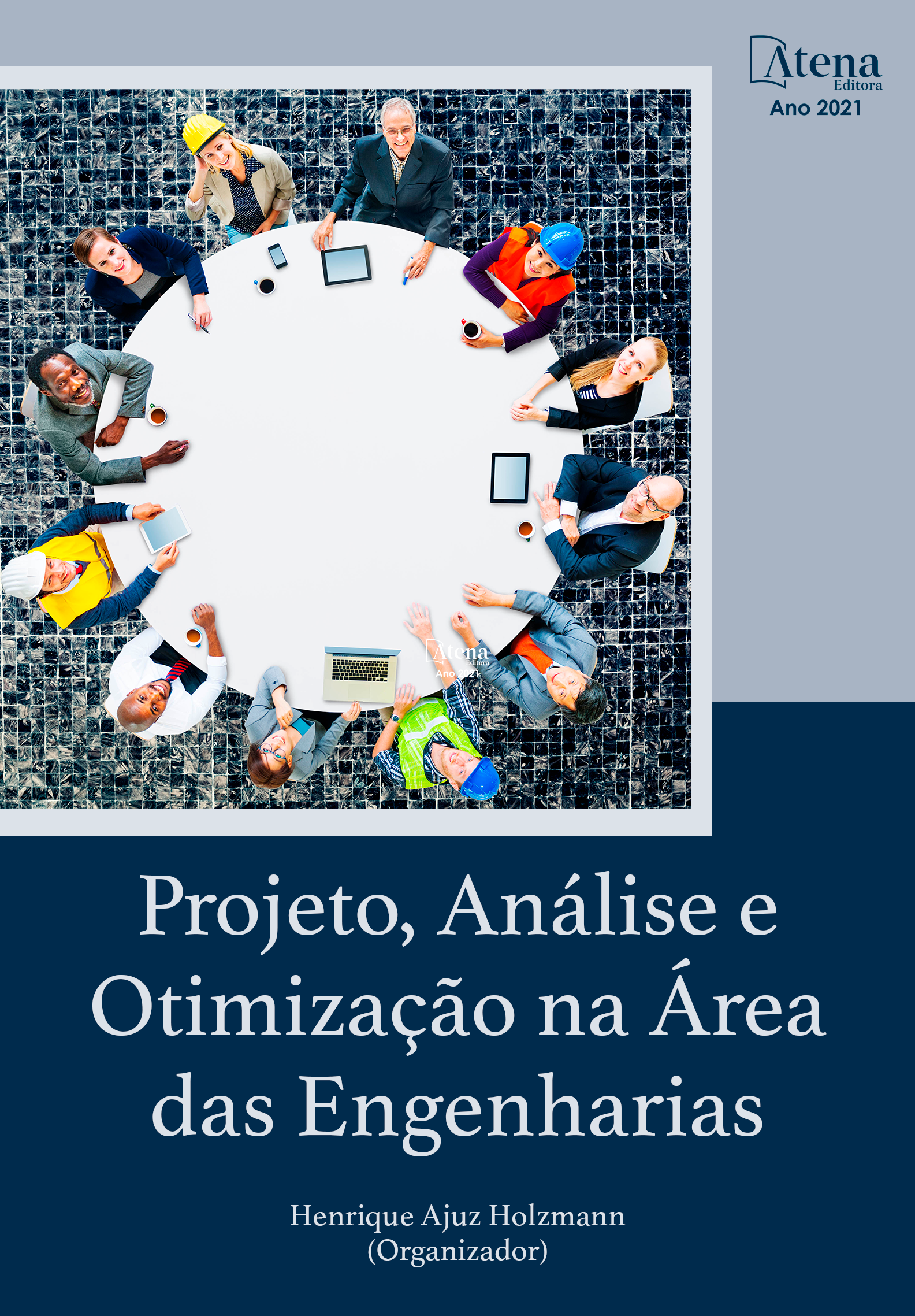
DEPRECIAÇÃO DE MÁQUINAS E EQUIPAMENTOS USANDO OS MÉTODOS LINHA, COLE, PERCENTAGEM CONSTANTE E CAIRES
Este artigo tem o objetivo de apresentar uma avaliação das máquinas e equipamentos de uma frota utilizando quatro métodos de depreciação, obtendo-se desta forma, o valor real de mercado, depreciação total da frota, identificação da quantidade de ativos sucateados, bem como prever os próximos ativos que atingirão o valor residual ou de sucata. A proposta foi motivada pelo conhecimento específico, em avaliação de máquinas e equipamentos, que o engenheiro de avaliação deve possuir e pela necessidade de se estabelecer o valor real de mercado, de modo a auxiliar na tomada de decisão em relação a destinação destes bens. Esta proposta se deteve nos problemas relacionados a pesquisas e métodos inadequados para o estabelecimento dos valores reais para se avaliar os bens. A comparação destes métodos de depreciação pode acarretar obtenção de valores mais fidedignos dos ativos. Os métodos empregados contemplam a vida útil, vida aparente e valor de aquisição dos ativos como parâmetro. Os resultados indicam que a comparação entre os métodos foi efetiva para o cálculo da depreciação e dos valores de mercado, pois se mostraram mais adequados para finalidades distintas. Assim, a comparação entre estes métodos permite que os resultados da avaliação tenham menor ou maior decrepitude do valor real de mercado, em que a contribuição se dá na obtenção de um resultado mais assertivo na tomada de decisão das máquinas e equipamentos, por parte de quem os detém ou os controla. Neste sentido, o método de Cole apresentou o maior valor para o custo total da frota podendo ser utilizado para a venda dos ativos, proporcionando um maior retorno ao proprietário. O método de Caires apresentou o menor valor total da frota, o que seria melhor para avaliações, em que se vai pagar alguma tarifa, alíquota, taxa ou afins tomando como base a avaliação.
DEPRECIAÇÃO DE MÁQUINAS E EQUIPAMENTOS USANDO OS MÉTODOS LINHA, COLE, PERCENTAGEM CONSTANTE E CAIRES
-
DOI: 10.22533/at.ed.9662106015
-
Palavras-chave: Métodos de Avaliações. Máquinas e equipamentos. Depreciação. Valor residual.
-
Keywords: Assessment Methods. Machines and equipment. Depreciation. Residual value.
-
Abstract:
This article presents an evaluation of the machines and equipment of a fleet using four methods of depreciation, obtaining in this way the real market value, total depreciation of the fleet, identification of the amount of assets scrapped, as well as predicting the next assets that will reach the residual or scrap value. The proposal was motivated by the specific knowledge in evaluation of machines and equipment that the evaluation engineer must possess and by the need to establish the real market value, in order to assist in the decision making regarding the destination of these assets. This proposal focused on problems related to research and inadequate methods for establishing real values to evaluate the assets. The comparison of these depreciation methods may lead to more reliable values of the assets. The methods used include the useful life, apparent life and asset acquisition value as a parameter. The results indicate that the comparison between the methods was effective for the calculation of depreciation and market values, since they proved to be more suitable for different purposes. Thus, the comparison between these methods allows the results of the evaluation to have a lower or greater decrepitude of the real market value, in which the contribution is made in obtaining a more assertive result in the decision making of the machines and equipment, by those who holds or controls them. In this sense, Cole method presented the highest value for the total cost of the fleet and could be used to sell the assets, providing a higher return to the owner. The Caires method presented the lowest total value of the fleet, which would be better for evaluations, in which some charge, aliquot, fee or the like will be paid based on the valuation.
-
Número de páginas: 18
- JONHNNY JEYSON DA COSTA GANDRA
- ADAILZA APARÍCIO DE MIRANDA
- STEVEN FREDERICK DURRANT
- JOSÉ COSTA DE MACÊDO NETO
- ADAILSON APARÍCIO DE MIRANDA
- Adalberto Gomes de Miranda


